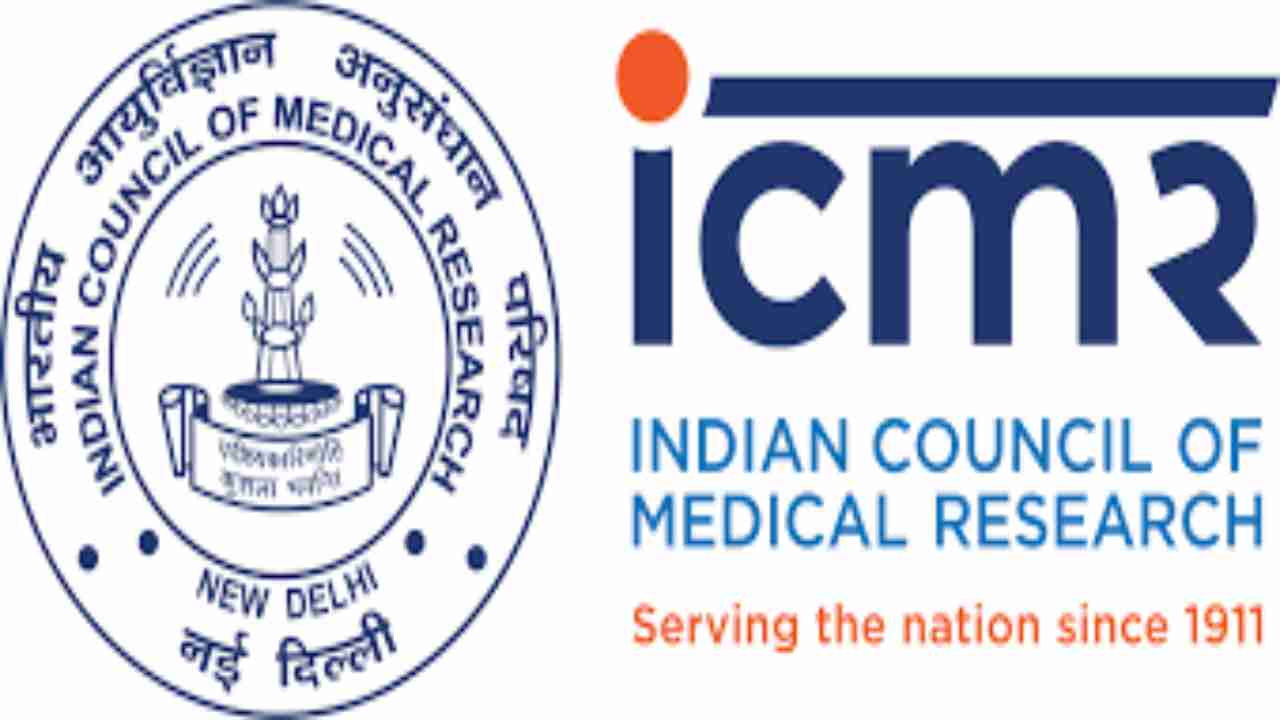The Indian Council of Medical Research (ICMR) has said that the Global Hunger Index (GHI) does not really measure hunger. The expert committee of the ICMR said that the indicators of undernourishment, stunting, wasting and child mortality do not measure hunger per se as these are not the manifestations of hunger alone.
The report from the committee also said many of the measures that are used to evolve an index that measures hunger was probably contextual. The panel claimed that GHI exaggerates the measure of hunger, lacks statistical vigour, has a problem on multiple counts, and gives higher representation to under-five children. According to the Global Hunger Index, India is ranked 107 among 121 countries. India has been ranked behind all South Asian countries except Afghanistan, behind its neighbours Nepal, Pakistan, Sri Lanka and Bangladesh. The latest edition by two NGOs — Concern Worldwide (Ireland) and Welthungerhilfe (Germany) — was said to be published to comprehensively measure and track hunger at global, regional, and national levels.
The panel said that undernourishment, stunting, wasting and child mortality are not the consequences of hunger alone, as these manifestations are seen among the relatively rich as well. According to National Family Health Survey (NFHS)-2015-16 & National Sample Survey Office (NSSO), the measured proportions of undernourishment, stunted and wasted children in the two wealth quantiles (4th and 5th) were 7.3, 25.7 and 18.6 per cent, respectively, while the under-five mortality per 1,000 live births was 25.8. According to the NFHS-4 data, stunting (27.1-38.2 per cent) and wasting (14.2-20.4 per cent) were significantly prevalent among children of normal body mass index and overweight mothers. The report said the inclusion of stunting as an indicator in GHI has implicit assumption that those who are hungry are likely to be short-statured. This can be contested since child’s height is dependent on both maternal and paternal stature.
According to the statement released by the Ministry of Women and Child Development on Saturday, a consistent effort is yet again visible to taint India’s image as a nation that does not fulfil the food security and nutritional requirements of its population. Misinformation seems to be the hallmark of the annually released Global Hunger Index. The statement added, “The index is an erroneous measure of hunger and suffers from serious methodological issues.” It said three out of the four indicators used for the calculation of the index are related to the health of children and cannot be representative of the entire population.
The report from the ICMR said that in India, stunting had been declining rapidly even among the underprivileged. Thus, it would not be correct to relate stunting in under-five children with hunger alone.

















